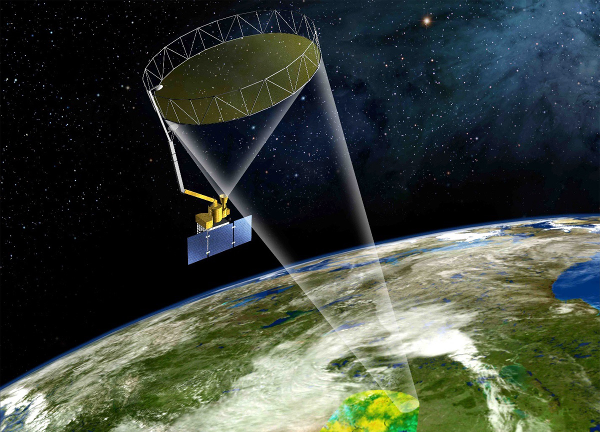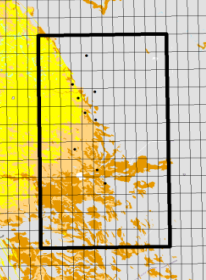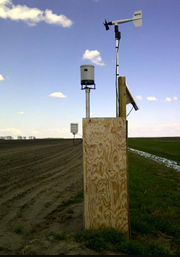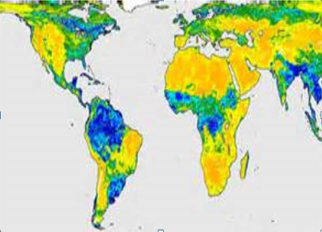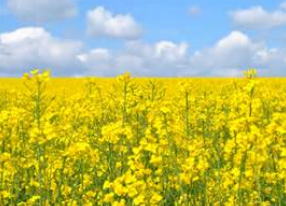Overview
The Soil Moisture Active Passive (SMAP) satellite was successfully launched on January 31, 2015. It should carry both L-band radar and radiometer sensors for a global estimation of soil moisture. On July 7, 2015 SMAP's radar stopped transmitting due to an anomaly involving the radar's high-power amplifier (http://smap.jpl.nasa.gov/news/1247/).
SMAP Validation Experiment 2012 (SMAPVEX12) field campaign was conducted in southern Manitoba from June 6 to July 17, 2012 to support the pre-launch assessment of SMAP products and algorithm development.
The SMAP Validation Experiment 2016 in Manitoba (SMAPVEX16-MB) is designed to support the SMAP post-launch calibration/validation activities. It will be conducted over two 2-week periods from 8–20 June and 10–22 July, 2016 with the main objective of providing extensive data sets for the improvement and the validation of SMAP products.
During SMAPVEX16-MB, satellite microwave measurements of interest (SMAP, SMOS, Sentinel-1, RADARSAT-2, TerraSAR-X, etc.) will be collected along with airborne measurements from the Passive/Active L-band Sensor (PALS) on board the Twin Otter International, ground measurements of L-band radiometers and C-band scatterometer. In addition, the experiment will provide ground measurements of soil moisture, soil temperature, and others surface characteristics (vegetation, roughness, and soil density, etc.) at a time close to satellite and airborne acquisitions.
The SMAPVEX16-MB intensive sample site corresponds to a most part of the agricultural site of the 2012 experiment. The site is approximately 26 km x 48 km. More than 90 % of the area is covered by several annual crops, while grassland and pasture occupy less than 5 % of the area. It benefits from existing in situ soil moisture networks installed by Agriculture and Agri-Food Canada (AAFC) and Manitoba Agriculture, Food and Rural Development (MAFRD) as well as Environment Canada and MAFRD weather networks.
SMAPVEX16 is funded by several agencies (CSA, AAFC, EC, and NSERC) and Universities (Sherbrooke, Manitoba, Guelph) in Canada and US (NASA). It complements the scientific objectives of the two previous field campaigns, the Canadian Experiment for Soil Moisture in 2010 (CanEx-SM10) and the SMAP Validation Experiment 2012 (SMAPVEX12), by providing extensive data sets for the development, validation, and improvement of SMAP science algorithms.
